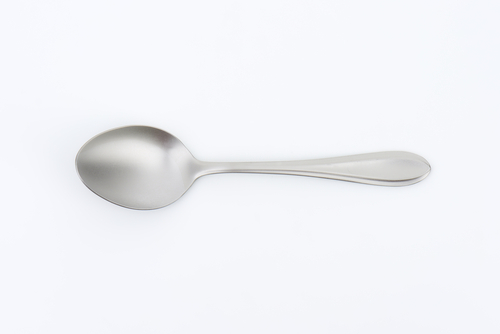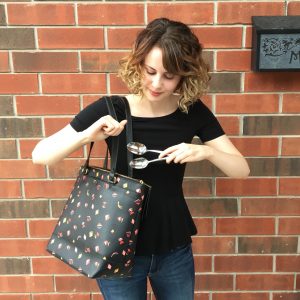Pulmonary Hypertension and ‘The Spoon Theory’

Do you know what the Spoon Theory is? Have any of your friends called themselves a Spoonie?
I didn’t know what the Spoon Theory was until a few months after I was diagnosed with pulmonary hypertension. I found out that I was Spoonie after reading more about the theory. If you have a chronic illness, like pulmonary hypertension, you might relate to the Spoon Theory as well.
The Spoon Theory was created by Christine Miserandino while trying to explain what is like to live with a chronic disease to a friend. Miserandio was out to eat with her friend when she used a handful of spoons to show what it is like to function with a chronic illness (in her case, lupus). Each day someone with a chronic illness wakes up with a limited amount of spoons. Those without a chronic condition wake up with an unlimited number of spoons. Completing an action with a chronic illness may cost you a spoon or more.
Many of us with pulmonary hypertension use up a spoon for each task that an able-bodied person may not think twice about doing. Something I never saw as a challenge before being diagnosed with pulmonary hypertension, like showering, has become a very tiring obstacle for me. Something as routine as showering can become extremely challenging once you have mobility issues. I found myself considering whether I had enough energy to shower, and whether I would still be able to do whatever else was required of me within a day after my diagnosis.

To better explain the Spoon Theory, I will use poker chips instead of spoons. I can’t imagine myself walking around each day with a bunch of spoons. There is no way that I would carry 20 around in my purse, so I imagine that I wake up with a certain amount of poker chips everyday (plus poker chips sound a little cooler, right?)
For example, let’s pretend that today I have plans to go out so I will need to shower. Showering will cost me 2 poker chips. I will have to blow-dry my hair, do my makeup, and get dressed after my shower, which will cost me another 3 poker chips. After I am ready, I meet my friend at the mall and we go around shopping for two hours, which amounts to 4 poker chips. It is only 3:00 pm and I have already used 9 poker chips, leaving me with only 6 to last the rest of my day. When I get home I might be really tired, and want to wash my face and change into my pajamas. Unfortunately, I must go all the way upstairs to do so. Stairs are very difficult to tackle for most people with pulmonary hypertension. To go upstairs, clean my face, and put on my pajamas costs me another 3.5 chips.
Each day I must ration my poker chips, and decide in advance what I will do that day, or how I will spend my chips. Plus, you always want to make sure you have a few spare chips up your sleeve, for “just in case.”
Living with limitations as a young adult can be very challenging. Even after two years, my body at times still feels foreign to me. Last week I had trouble walking up a hill and felt frustrated that I needed a break. Fortunately, I am doing better than I was after my diagnosis, but I still need little short cuts that help me save my poker chips. I’ve learned that it is OK to ask for help, that it is easier to shave my legs in the bath rather than in the shower, and that catnaps are perfectly acceptable.
Do you have any tips that help you save your poker chips throughout the day?







